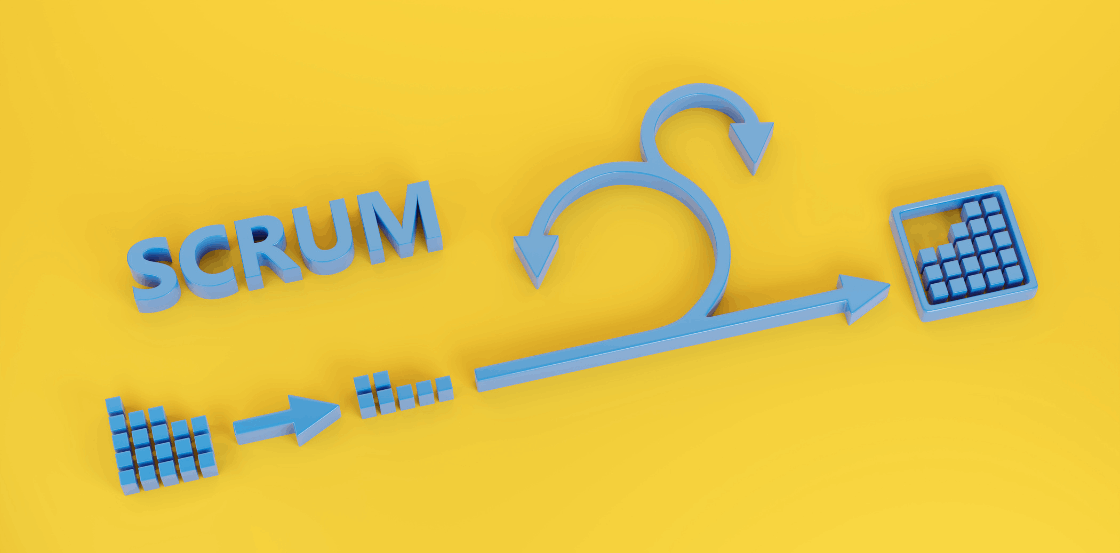In the world of product management and agile software development, the Product Increment plays a key role. It is the sum of all product items that have been added during the Sprint and meet the criteria of the Definition of Done. Along with the Product Backlog and the Sprint Backlog, it is one of the key Scrum Artifacts.In the world of product management and agile software development, the Product Increment plays a key role. It is the sum of all product items that have been added during the Sprint and meet the criteria of the Definition of Done. Along with the Product Backlog and the Sprint Backlog, it is one of the key Scrum Artifacts
The Increment is a key concept in the Scrum framework, defined in the Scrum Guide as "the total value of the product enhanced by all items added since the last increment". This means that the Increment is the set of all product items that have been completed during a given Sprint, as well as all previously implemented items. Therefore, the Increment is a measure of work progress and represents a ready-to-release segment of the product.
The role of tThe role of the increment in managing product work is crucial and has several important aspects:
In software development, this is quite simple to notice: our Product has a version, and each subsequent version or added feature is precisely an increment.

Key to achieving the Increment is adhering to the criteria of the Definition of Done (DoD) - the definition of work completion. DoD sets a set of qualitative standards and requirements that must be met for an increment to be considered "ready for use". This ensures that each product functionality increment is complete and potentially ready to be delivered to the customer.
The Definition of Done answers the question: How do we know when something is finished? Applying this definition to everyday life, there is a difference in perspective on what "a cleaned room" means to a child, teenager, parent, or grandparents. And this document helps us to unify perspectives and develop a common meaning of "ready", in this example "cleaned".
The first step in creating an effective Increment is proper management of the Product Backlog. The Product Backlog should be regularly updated and prioritized by the Product Owner. Before each Sprint, the Scrum team selects from the Backlog those items that will be developed in the upcoming cycle. Selected items become part of the Sprint Backlog and should be clearly defined and achievable within one Sprint.
During Sprint Planning, the Scrum Team selects items from the Product Backlog to be transformed into value for the customer. It is then decided what work will be done to achieve the Increment in that Sprint. Planning must take into account not only the tasks themselves but also the time needed for their implementation and potential risks.
One of the key moments for assessing the implementation plan is the Sprint Review. This is a time to verify whether the team's work results meet expectations and whether they bring the product closer to the next anticipated release. During this event, stakeholders can assess the value delivered by the team and make decisions regarding the future direction of product development.
Conversely, during the last event at the end of the Sprint - the Retrospective - the team has an opportunity for open discussion about the problems they encountered while working on the Increment. This allows for the identification and resolution of problems and more efficient work on subsequent Increments.
The Sprint Goal is a specific outcome that the Scrum Team wants to achieve during a specified period of time. In analyzing the mutual interaction between the Increment and the Sprint Goal, several aspects should be considered:
One of the popular complimentary methods for tracking work on the increment is the Burndown Chart, which allows for verifying progress by comparing planned tasks with their actual execution.
In summary, effective creation of Increments requires:
